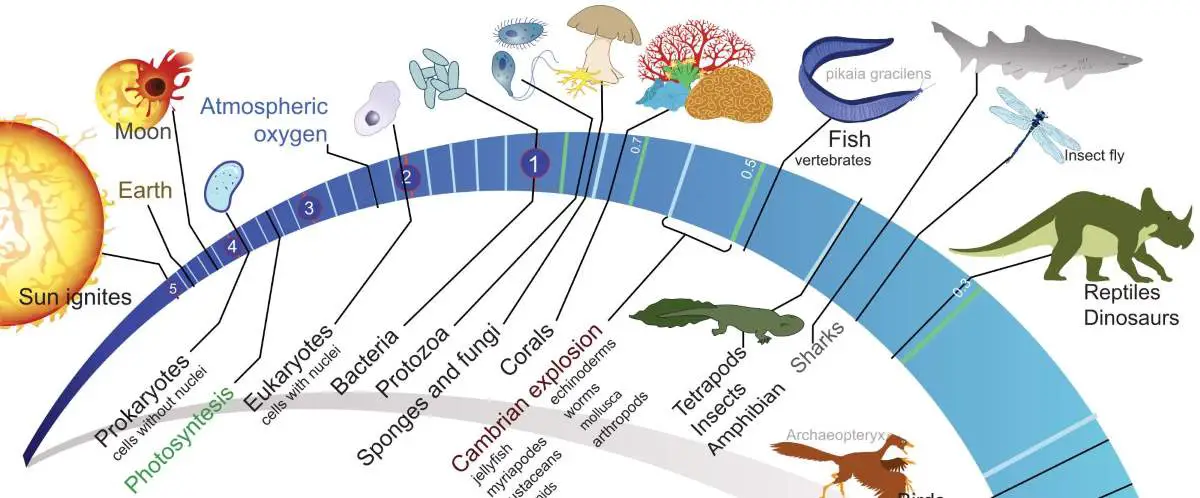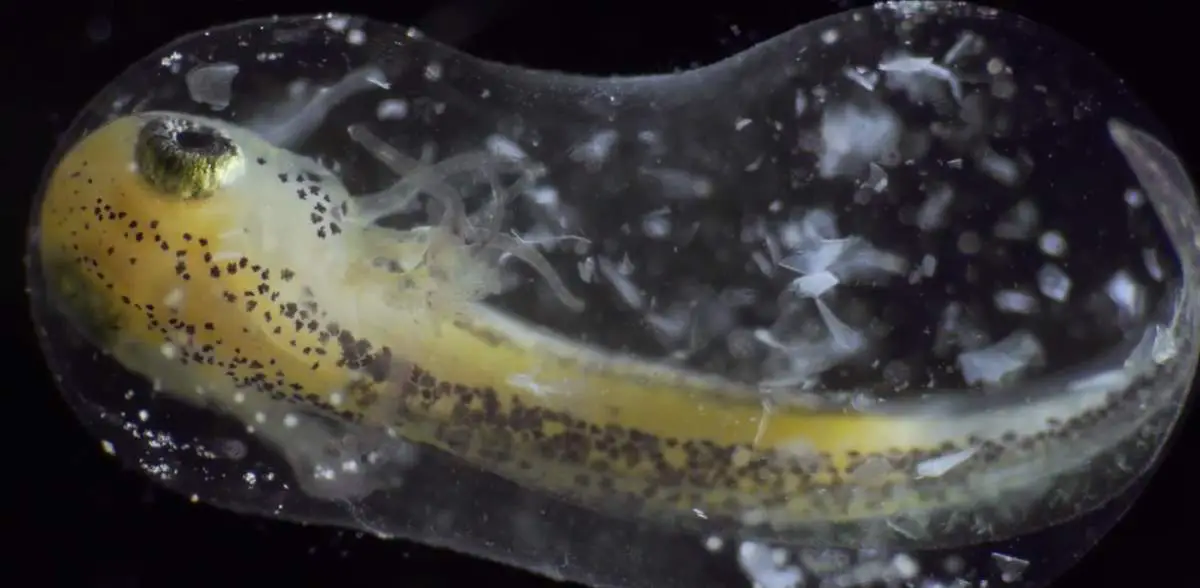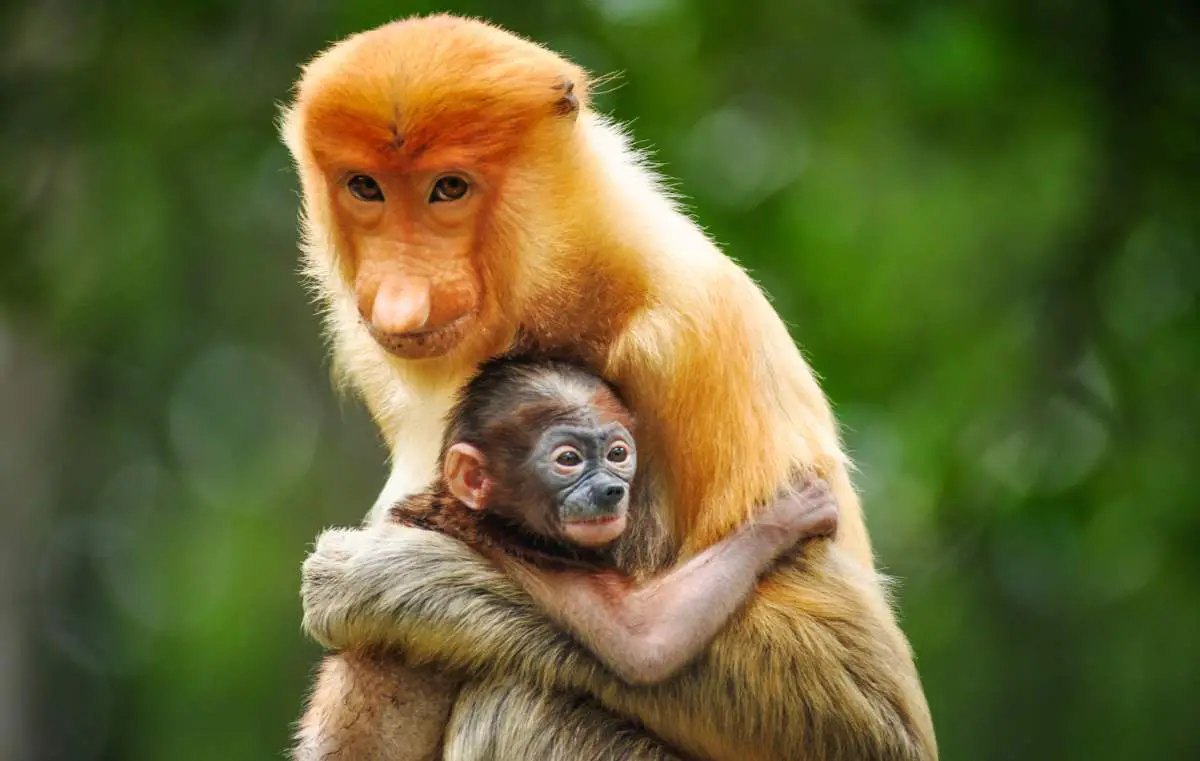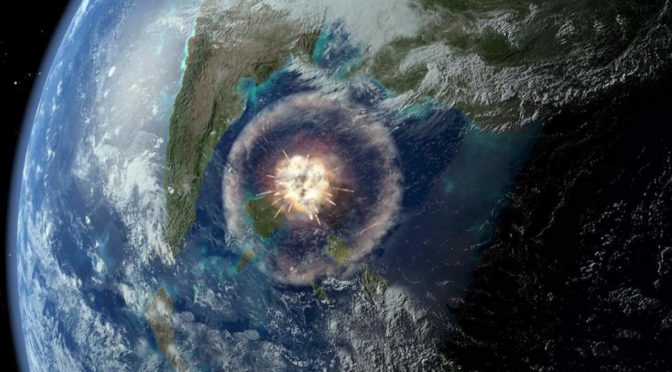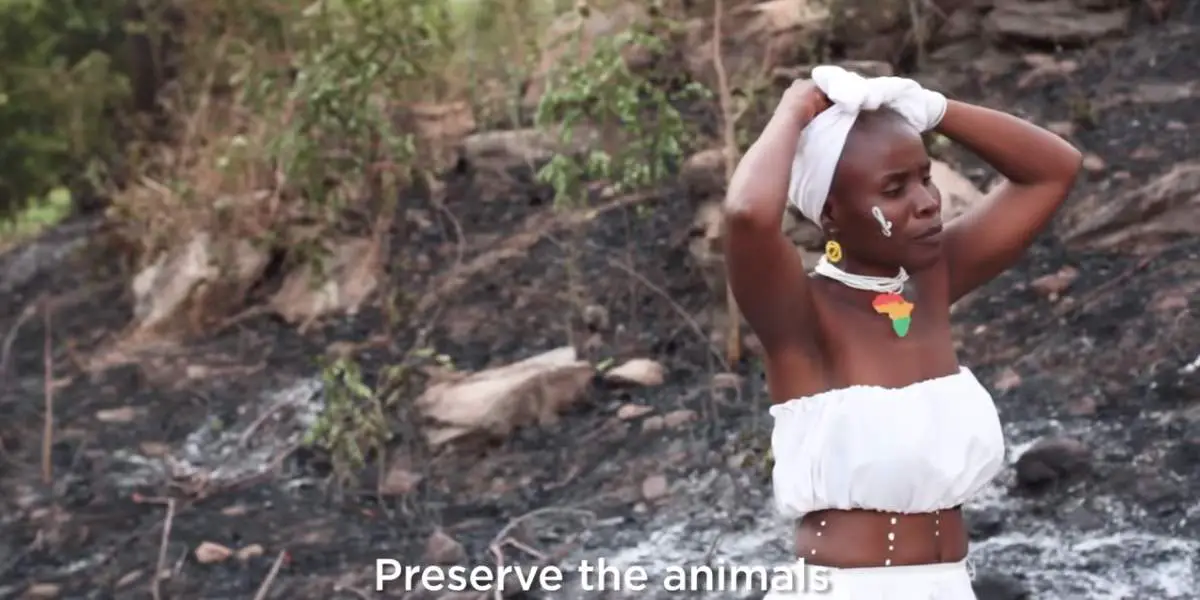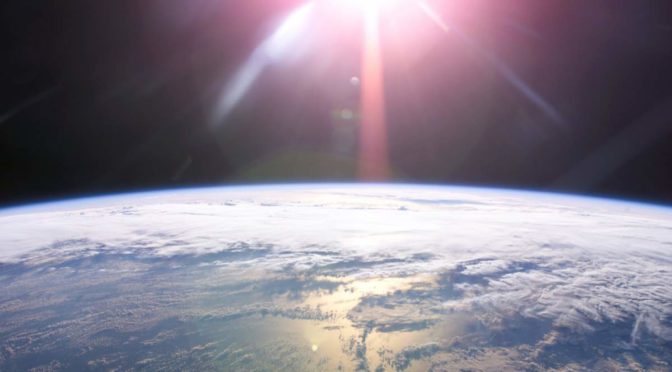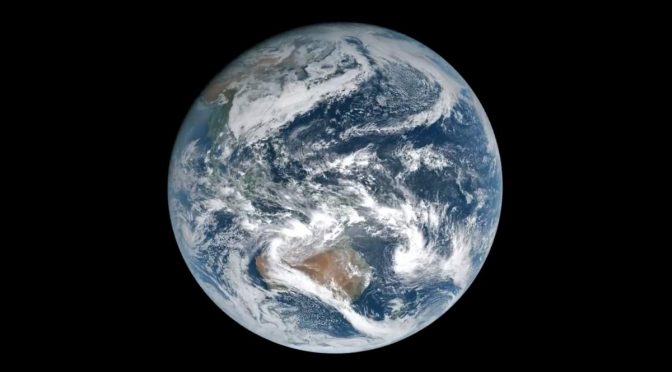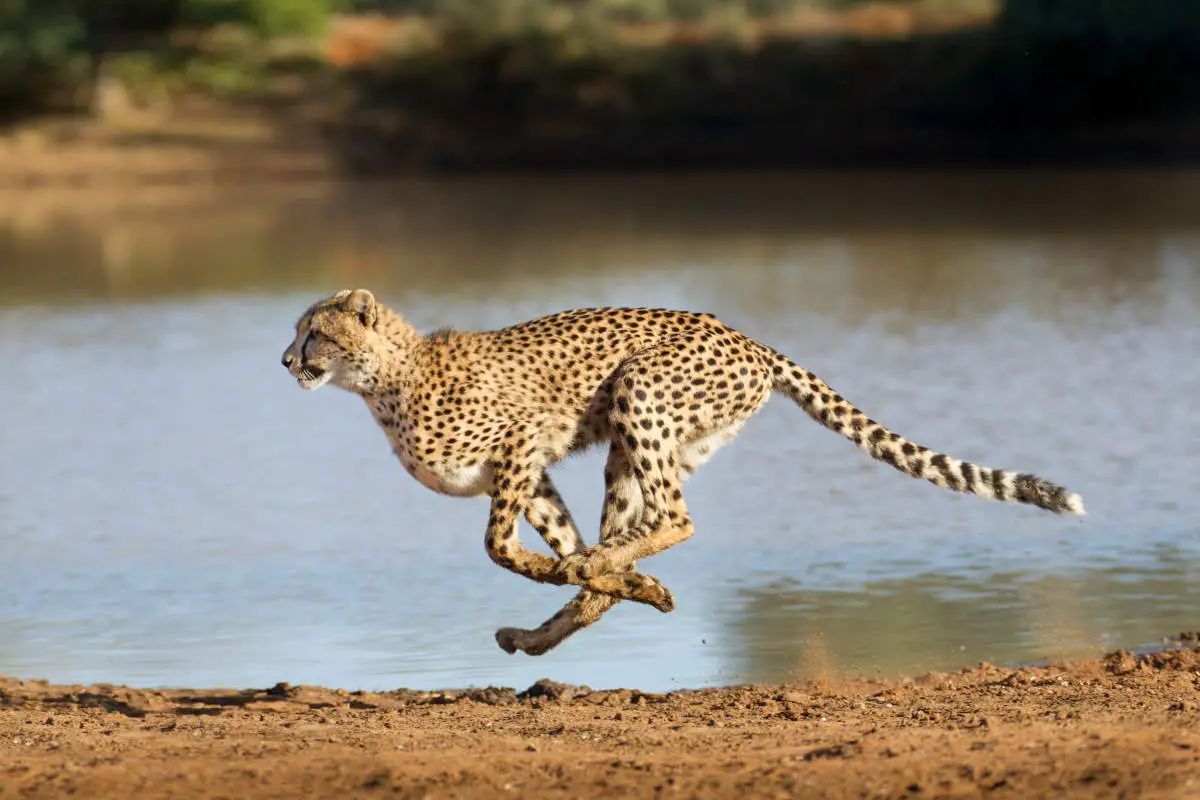Around 55.5 million years ago, there was a time period with more than 5°C – 8 °C warmer global average temperature than today, which named “Paleocene-Eocene Thermal Maximum” (PETM). As a result, there were crocodiles and even crocodiles in the Arctic and the region was completely ice-free. Now, a new study suggests that if we keep burning fossil fuels at the current rate, the Earth will be again 8 degrees warmer within the next few hundred years. We are pumping 10 times more carbon into the atmosphere than when there were palm trees in the Arctic. We’re going to face another PETM-like event soon.

